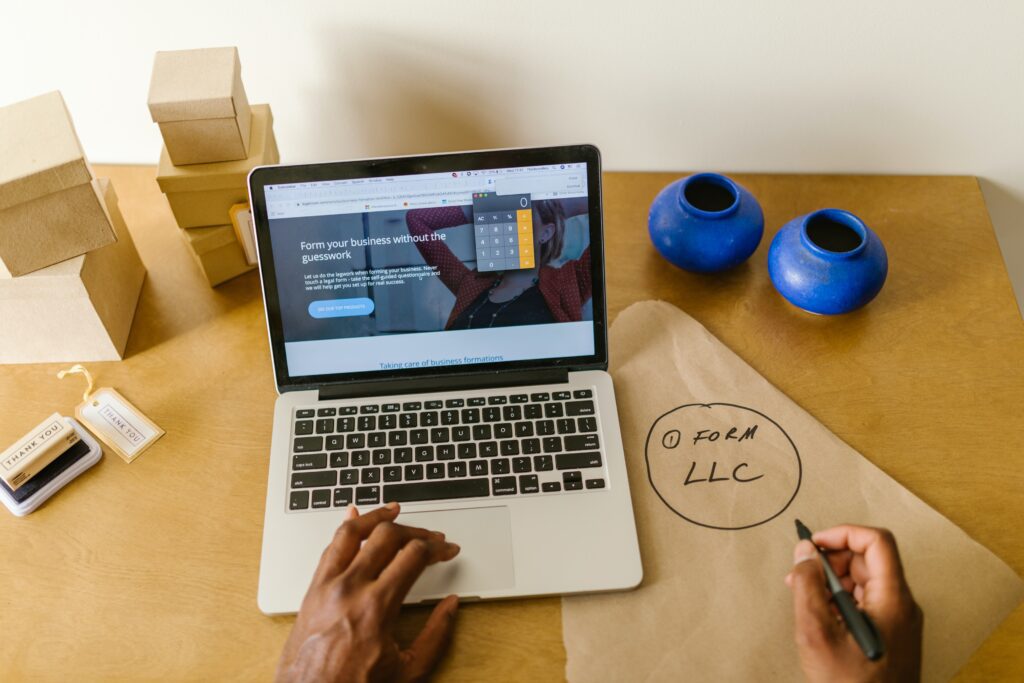Starting an e-commerce business can be a daunting task, but with the right preparation and knowledge, it can also be incredibly rewarding. In this guide, we’ll walk you through the steps of starting your own e-commerce business, from choosing a product to selling it online.
Step 1: Choose a Product
The first step in starting an e-commerce business is to choose a product to sell. This could be anything from handmade crafts to tech gadgets. When choosing a product, consider the following:
- Is there a demand for this product?
- Can you source it at a reasonable cost?
- Is it something you are passionate about?
Once you have chosen a product, it’s time to start researching suppliers and manufacturers.
Step 2: Research Suppliers and Manufacturers
When it comes to finding the right supplier or manufacturer, there are a few things to consider:
- Price: How much does the supplier charge for the product?
- Quality: What is the quality of the product?
- Lead time: How long will it take for the product to be delivered?
- MOQ: What is the minimum order quantity?
Once you have found a supplier or manufacturer that meets your requirements, it’s time to start building your online store.
Step 3: Build Your Online Store
When building your online store, there are a few things to keep in mind:
- Choose a platform: There are many e-commerce platforms to choose from, including Shopify, WooCommerce, and Magento.
- Design your store: Choose a design that reflects your brand and is user-friendly.
- Add products: Add your products to your store, including product descriptions and images.
- Set up payment and shipping: Set up payment and shipping options for your customers.
Once your store is set up, it’s time to start marketing your products.


Step 4: Market Your Products
Marketing is essential for any e-commerce business. Here are a few ways to market your products:
- Social media: Use social media platforms like Instagram, Facebook, and Twitter to promote your products.
- Influencer marketing: Partner with influencers who can promote your products to their followers.
- Paid advertising: Use paid advertising platforms like Google Ads and Facebook Ads to reach a wider audience.
Step 5: Improve Your Business
Once your e-commerce business is up and running, it’s important to continuously improve it. Here are a few ways to do that:
- Analyze your data: Use analytics tools to track your sales, customer behavior, and website traffic.
- Optimize your website: Use A/B testing to optimize your website for conversions.
- Expand your product line: Consider adding new products to your store to attract new customers.
Starting an e-commerce business can be challenging, but with the right preparation and knowledge, it can also be incredibly rewarding. By following these steps, you’ll be on your way to building a successful e-commerce business.






